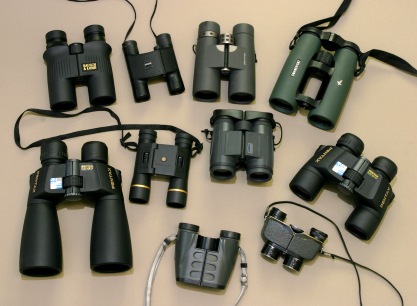Binoculars can be classified according to different criteria. Here are several common classification methods for binoculars:
Based on magnification
- Fixed magnification binoculars: These binoculars have a fixed magnification and cannot adjust the magnification level.
- Variable magnification binoculars: These binoculars have adjustable magnification, usually achieved by rotating an adjustment ring or lever.
Based on purpose and features
- General-purpose binoculars: These binoculars are suitable for a wide range of observation needs, such as birdwatching, landscape viewing, sports events, etc.
- Night vision binoculars: These binoculars combine night vision technology and are used for observing targets in low-light or nighttime conditions.
- Hunting binoculars: These binoculars have special coatings and designs specifically tailored for hunting activities.
- Marine binoculars: These binoculars have waterproof and shockproof features, suitable for maritime observation and navigation.
- Astronomical binoculars: These binoculars are used for observing celestial bodies and astronomical phenomena.
Based on objective lens diameter
- Small aperture binoculars: These binoculars have a relatively small objective lens diameter and are suitable for portability and everyday observations.
- Medium aperture binoculars: These binoculars have a moderate objective lens diameter, providing better light gathering and image quality.
- Large aperture binoculars: These binoculars have a larger objective lens diameter, suitable for low-light environments and detailed observations.
Based on design and structure
- Standard binoculars: These binoculars use the traditional binocular design, with two separate optical paths for observation.
- Inverted binoculars: These binoculars have an internal prism system that inverts the image, resulting in an upright observation image.
These classification methods are only a part of binocular classification. In reality, binoculars can be classified based on additional features such as lens types, coating technologies, focal length types, etc. Choosing the right type of binoculars should be based on your observation needs, budget, and personal preferences.


